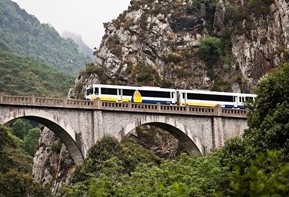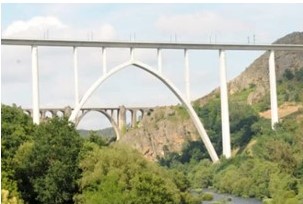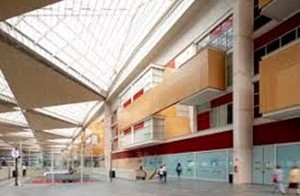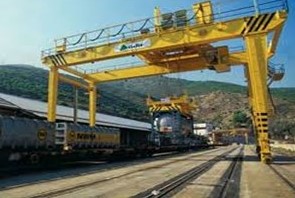General Information
Subtítulo sit amet consectetur adipiscing elit.
In terms of railway traffic, our country is at the forefront in both the number of lines and kilometres in service and under construction, and the role played by new technologies.
Rail traffic runs in a coordinated manner over a vast network where hundreds of trains cross one another, departing from and arriving at stations every day.To keep this complex mechanism working at full throttle and prevent, as far as possible, any incidents from affecting normal traffic, a network of Traffic Management Centres has been put in place that controls and coordinates railway operations,
Since 1992, the experience gained in high-speed lines and the need for new answers to management and control issues have changed the way in which high-speed train traffic is regulated in Spain.
Through the DaVinci technology platform, the Spanish model achieves all-round management of all the processes, systems and users on a single open-architecture platform which also offers the possibility of remote control and monitoring of lines managed by other control centres.
This concept is applied in the Control and Regulation Centres (CRC), which include all the systems involved in railway traffic regulation, from signalling to passenger information, thus meeting the requirements of high-speed railways.
This Spanish management model for high-speed train traffic has been adopted in other countries such as Morocco, Colombia and the United Kingdom.Railway Traffic Management Centres
- 16 Conventional network
- 4 High-speed network
New Technologies
New Technologies
Adif has become a benchmark in technological innovation by incorporating the latest technologies and, in parallel, developing other technologies of its own to face the challenge posed by high-speed railways, thus promoting innovation and business growth in our country.
The use of new technologies and procedures in our activities has been constant, contributing to traffic safety and providing better service to customers.
DaVinci system.High technology in railway operations
The DaVinci system is an integrated railway traffic management platform designed for the new high-speed lines, although it can also adapt to other types of railway traffic on conventional lines with conventional and narrow gauges, metro lines, tramways, and so on.
This is one of the most advanced railway traffic management systems in the world.
The DaVinci platform is an evolution in the multidisciplinary integration of railways, designed to provide all-round management of processes, systems and users by grouping into a single system all the previously independent subsystems.
Thus, the signalling, electrification, communications, passenger information, energy and monitoring subsystems, among others, are centralised in a system that enables the subsystems to share and exchange information and allows remote monitoring of the central Control and Regulation Centres (CRC) and other line centres.








